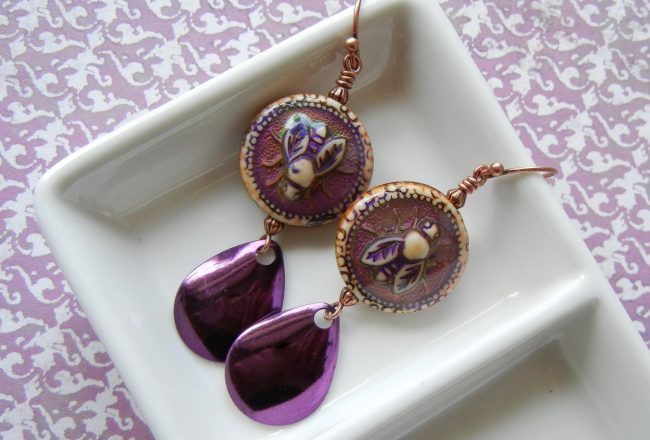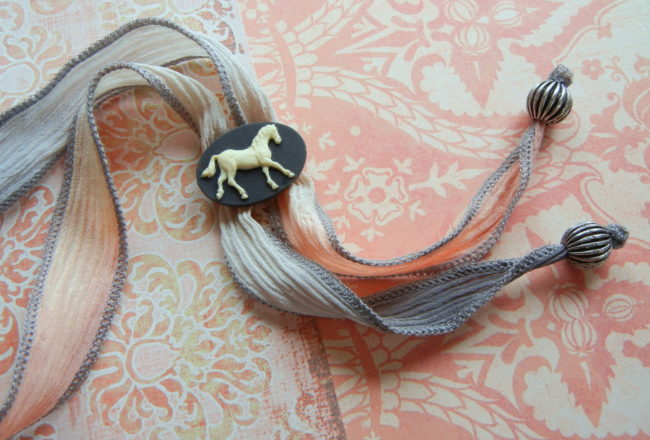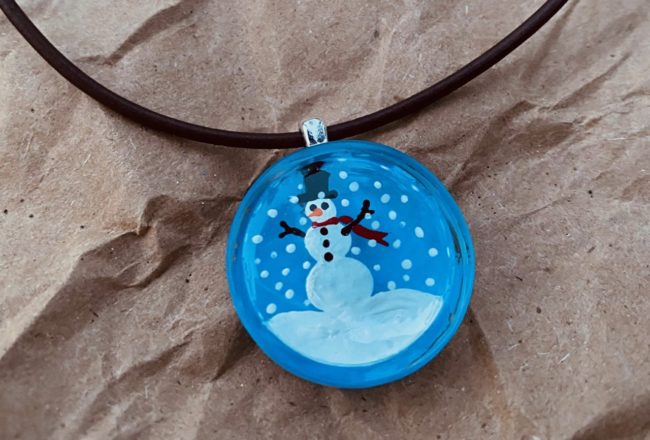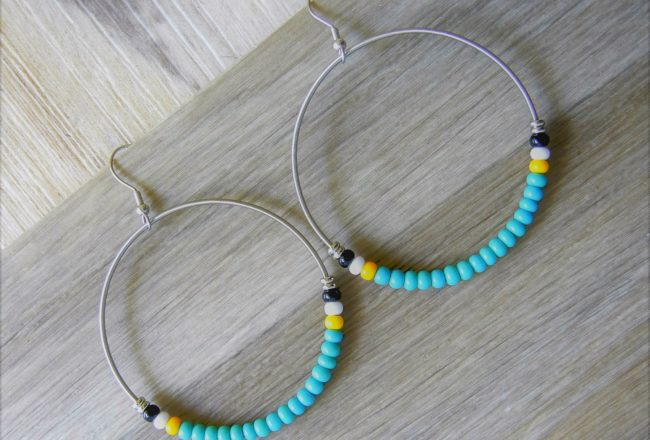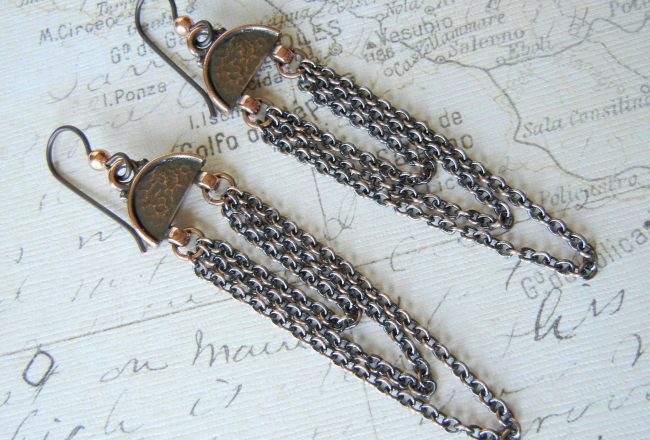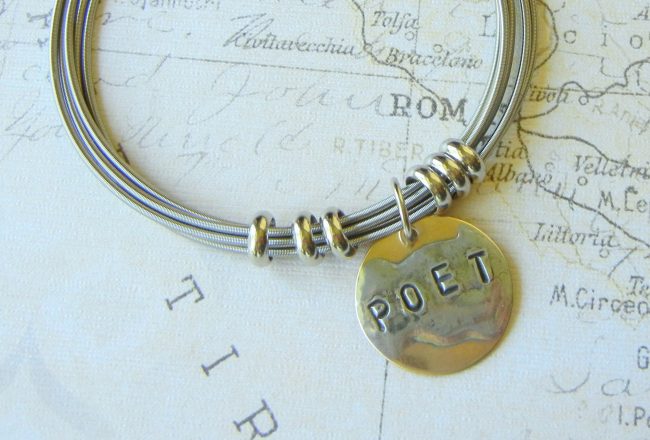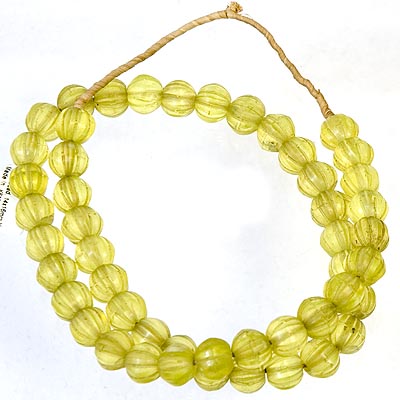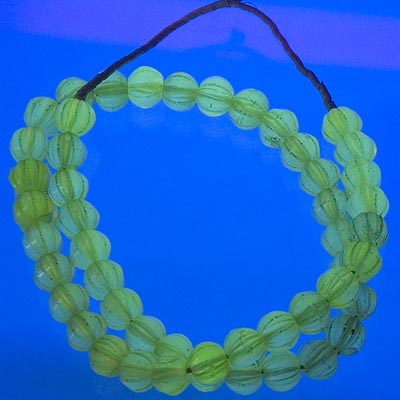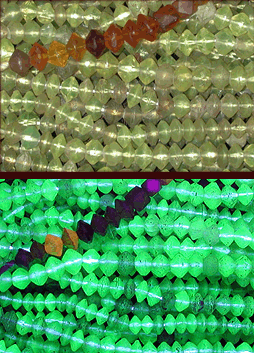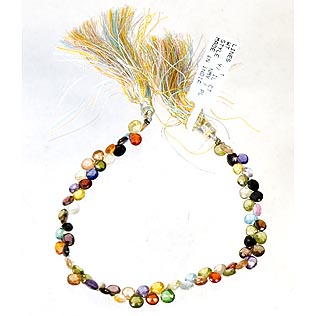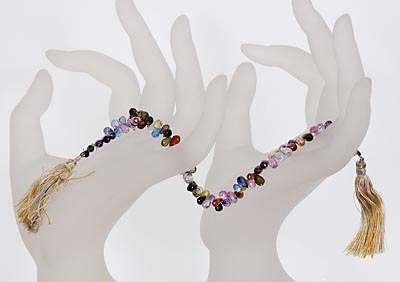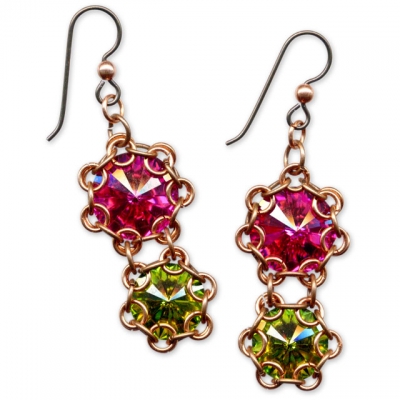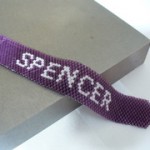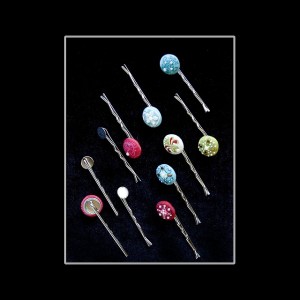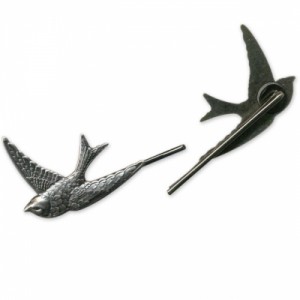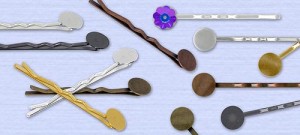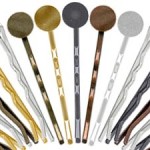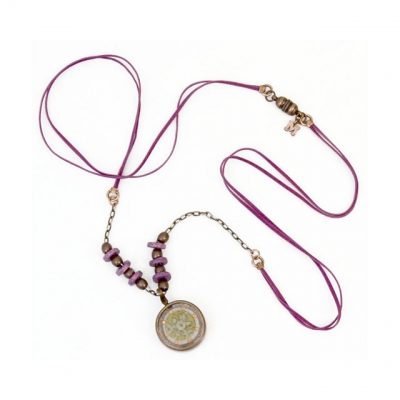Punchline of a joke?
Real beads! Trade beads. Very collectable trade beads, in fact.
7 things you didn’t know about “vaseline” beads:
1: Many fluoresce. Uranium salts were once used to color beads yellow, giving this side effect. Look at ’em in daylight (before). Put ’em under blacklight (after). Whoa!
Our #22-708-01 clear-glass vaseline bead does not fluoresce, nor does red or
opaque blue. Not all green beads either (depends on age).
2: Why are these generically called vaseline beads in “campfire parlance”? Newer reason: because of their similar shapes — often a bicone — to the beads originally called vaseline beads. Original reason: Vaseline beads were named for having the same shiny, translucent appearance as petroleum jelly.
3: However, not all have the vaseline, “greasy” colors that originally gave these beads their name. Here’s a non-slippery vaseline bead:
4: The uranium-salt (glow-in-the-blacklight) vaseline beads were most likely made between 1830 and 1915. That’s some old, valuable beads!
5: The Czech names for the green and yellow varieties are “Anna green” and “Anna yellow”. Do you know why? (I don’t–yet. Will a knowledgeable reader chime in?)
6: Vaseline beads with uranium salts are considered safe because vitrification “traps” the uranium inside the glass. Testing suggests that you can wear uranium-salt glass beads for up to 40 years before the radiation exposure equals that of getting a single x-ray at the doctor’s office.
7: We get these beads from Mali, in West Africa. Did you know? Mali is where you’ll also find the ancient city of Timbuktu, a UNESCO World Heritage Site.
Here’s one more image of the spectacular ‘black-lit’ vaseline-bead effect:

